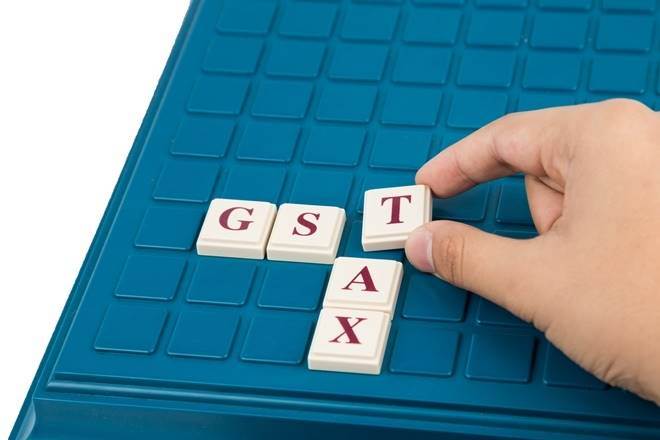A below target GST collection in July has raised the required monthly GST collection to Rs 1.18 lakh crore for the rest of the months of the current financial year. GST collection in July remained Rs 98,200 crore. At 5 per cent, the share of indirect taxes in the GDP remained at a 5-year low in 2018-19, according to the latest RBI annual report. The revenue side weakness restricts the way for a fiscal stimulus without compromising on the fiscal deficit as the indirect tax collection along with the overall tax revenues are expected to further continue its slow pace in the current financial year, says the Kotak Economic Research.
“Overall tax revenues will likely disappoint again, particularly with nominal GDP growth slowing down, but the RBI’s additional surplus transfer along with likely expenditure savings will help in maintaining the budgeted fiscal deficit,” added in the report.
The Kotak report points out to a net tax revenue slippage of around Rs 87,000 crore and total receipts slippage of Rs 29,000 crore. However, there are likely to be significant savings in some schemes, particularly PM-KISAN given the slow pick up in registrations and subsequent disbursements. Such expenditure side savings can help the government maintain fiscal deficit at around 3.3%.
Gross tax collections fell short of the budgeted target in 2018-19 (PA) by Rs 1,91,000 crore largely due to a shortfall in GST collections by Rs 1,62,300 crore and income tax collections by Rs 56,300 crore. In terms of y-o-y growth rates, indirect taxes slowed to 2.9 per cent in 2018-19 from 5.9 per cent in 2017-18, going by the RBI data. By decreasing the compliance and reducing the cascading effect of taxes, GST was aimed to boost the indirect tax collection with higher transparency.


